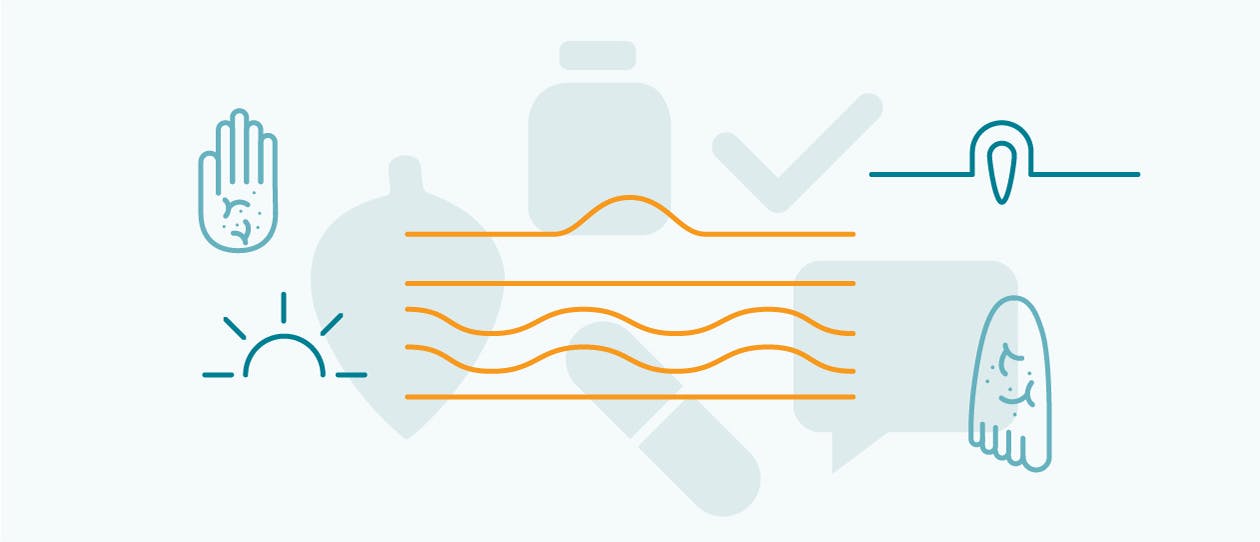
Understanding Your Bruise
1
Bruises are also known as contusions. They form when blood vessels rupture and blood seeps into the tissues, usually following a knock to the skin.


Bruises may be caused by anything that injures the blood vessels, allowing blood to leak out of them. Besides accidents, falls and other causes of trauma to the affected site, other causes may include:
We become more susceptible to bruising as we get older and our blood vessels and skin become more delicate, so it’s not uncommon for older people to experience bruises of significant size without being able to recall any trauma to the tissue.
Women are more prone to bruising than men (perhaps due to hormonal differences).